On test: All-electric Jaguar I-Pace 4×4
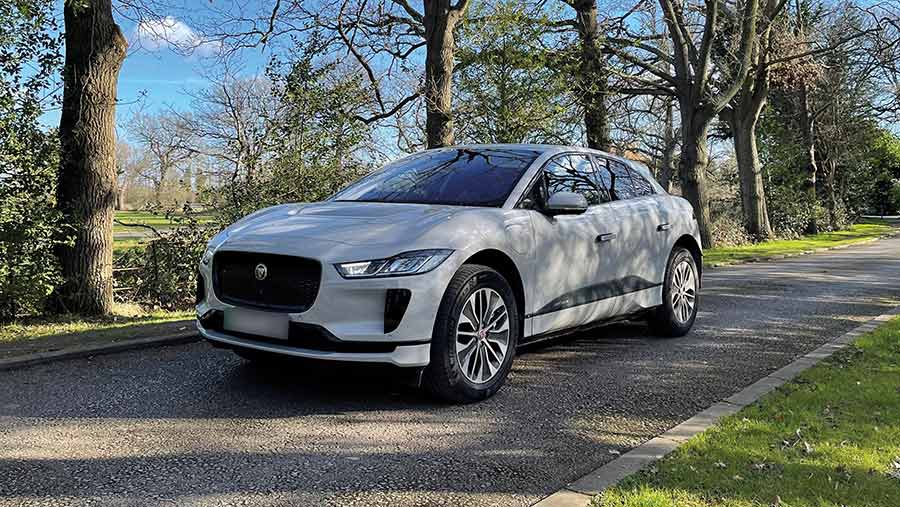 © MAG/Matilda Bovingdon
© MAG/Matilda Bovingdon Electric vehicles, for many, have a bit of a Marmite factor.
Whether you love them or hate them, there’s no denying that with government net-zero pledges on the not-so-distant horizon, there is no time like the present when it comes to exploring the electric vehicle offering.
The Jaguar I-Pace caused quite a stir when it leapt onto the scene in 2018, boldly stepping where not even the Germans had been before – the much-coveted electric SUV sector.
See also: British-built Ibex 4×4 offers Land Rover Defender alternative
Now, four years on, the first battery-powered big cat prowls a much more diluted market.
Indeed, the second-generation I-Pace is up against a host of new competitors, including the BMW iX3, the Audi E-Tron and the Mercedes EQC.
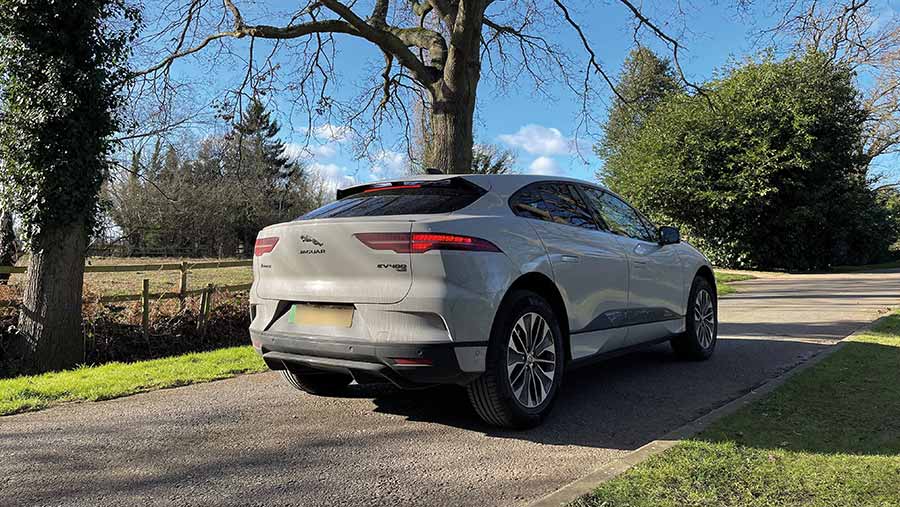
© MAG/Matilda Bovingdon
The British firm was bought out by Indian conglomeration Tata Motors for US$2.3b (£1.73b) in 2008, and has been increasingly keen to stay at the forefront of EV developments, pledging to go all-electric by 2025.
With this in mind, it’s likely we’ll be seeing fully electric versions of Jaguar’s other models joining the I-Pace in the years to come.
Jaguar I-Pace
- Price as tested £70,345
- Base price £65,195
- 0-60mph 4.5 seconds
- Weight 2,208kg
- Battery 90kWh
- Power 400hp
- Drive All-wheel drive
- Range 292 miles
- Range as tested 220 miles
What’s different?
At the time of launch, the I-Pace was an almost entirely new concept – though, admittedly, the low, sloping roof and squat stance is reminiscent of the Range Rover Evoque.
Inside, three displays take up the majority of the dashboard, with very few physical buttons or controls – something that looks great, but is quite distracting to use.
The second-generation I-Pace also benefits from having some light cosmetic work – a few nips and tucks here and there, resulting in a redesigned front grille, bigger 19in wheels and some tech upgrades, such as the 360deg 3D reversing camera.
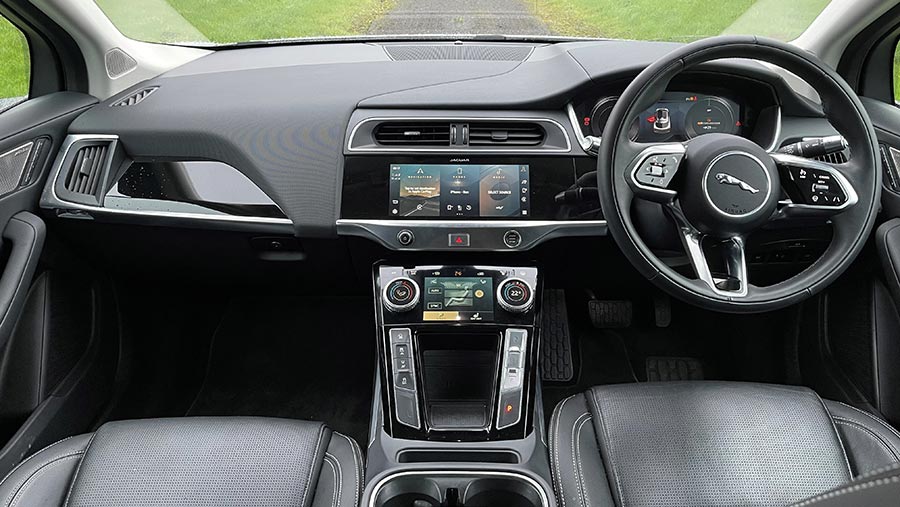
© MAG/Matilda Bovingdon
What is it like to drive?
It’s a bizarre blend of futuristic design meets landed gentry comfort – think piloting the Starship Enterprise, but from the comfort of a wing-back armchair, and you won’t be far off.
The four-wheel-drive EV has two electric motors, one on the front axle and one on the rear, and it kicks out 395hp. This delivers a nippy 0-60 time of just 4.5 seconds.
The regenerative braking can be set to aggressive or mild, depending on preferred driving style. This feeds back usable electricity to the batteries and helps to preserve the range.
Handling is near faultless – it’s effortlessly smooth and makes cavernous potholes feel like mere pinpricks, comfortably tackling bumpy country lanes and off-road tracks.
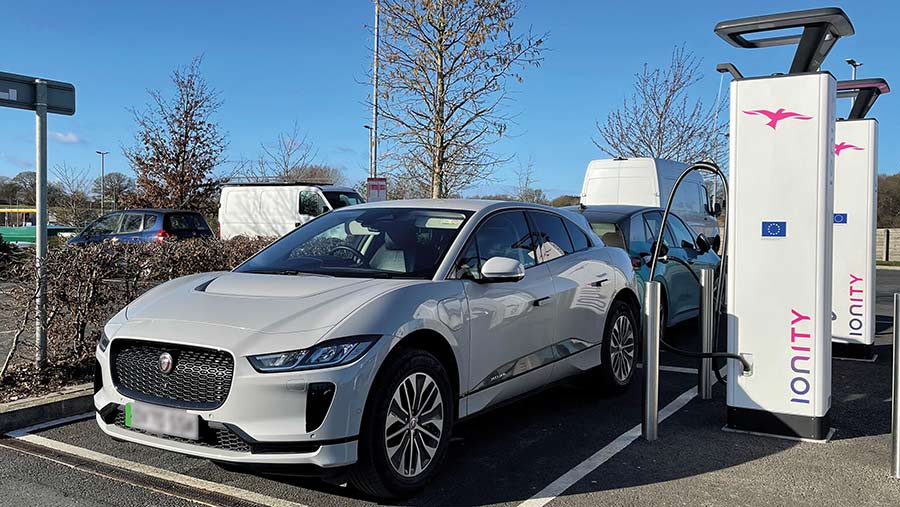
© MAG/Matilda Bovingdon
The downside? The range. Jaguar optimistically states that the I-Pace can tackle 292 miles on a full charge, but we didn’t quite manage this. On a test drive across town, country and motorway, we managed to squeeze 220 miles out of a full charge, showing a significant disparity between Jaguar’s figures and the reality.
It also has a habit of randomly dropping the estimated range when there are less than 70 miles remaining, which is enough to unnerve even the coolest of drivers.
That’s not to say that the Jag doesn’t have a good range – its 220 real-world mileage is respectable, with the Audi E-Tron apparently managing 252 miles.
Battery and charging
The question on everyone’s mind: how do you charge it, and how long does it take? Well, it varies.
The second-generation I-Pace comes equipped with an 11kWh onboard charger, which is significantly better than the 7kWh charger seen on the previous model.
Providing you have a three-phase electricity supply and an 11kWh home charger, you can get a full charge from 0-100% in about nine hours.
Refuelling like this is most effective as an overnight job, plugging the car in just as you would your mobile phone.
If you like to live life a little more dangerously, however, you may choose to embark on the public charging point roulette.
Cropping up at most motorway service stations and a few supermarkets are privately owned charging points, usually of the 50kWh variety, but, if you strike gold, you may be lucky enough to score a 100kWh fast-charger.
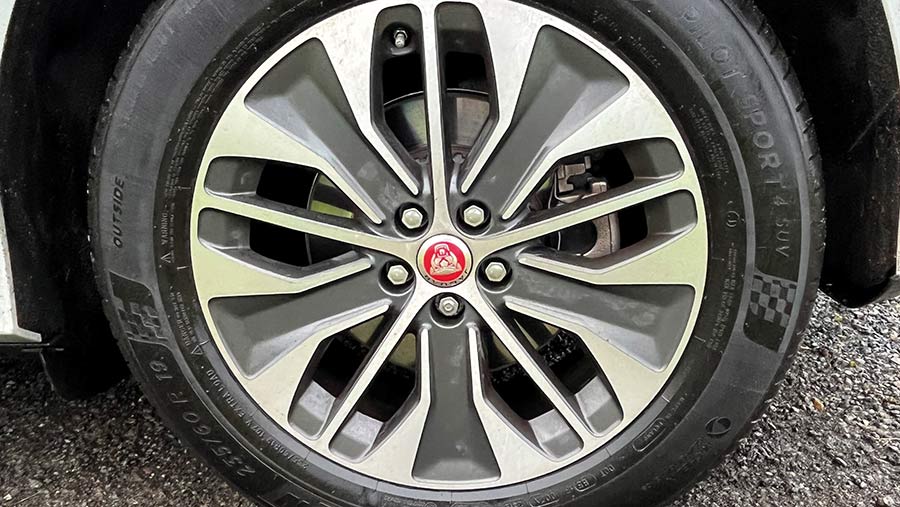
© MAG/Matilda Bovingdon
The basic 50kWh chargers will get you to 80% in about 80 minutes, while the 100kWh fast version will get you this in just 40 minutes.
Relying on public chargers can be problematic, though, as servicing and availability remain an issue.
A quick trip to Cobham services displayed an army of out-of-order signs, leaving us stuck with a mediocre charger at inflated prices.
Costs vary wildly and are dependent on location and fluctuating electricity prices. From a public charging point, you can expect anything from 25-70p/kWh, depending on whether it’s a 50kWh or 100kWh charger.
Topping up at home remains the cheapest option, in line with standard electricity rates
Farmers Weekly verdict
Likes and gripes
✅ 360deg 3D camera
✅ Instant acceleration
✅ Spacious cabin and rear boot
❌ Unpredictable battery range reading
❌ Pointless front boot
❌ Lack of manual interior controls takes some getting used to
You’d be hard pressed to find a more comfortable electric SUV that packs as much punch as the I-Pace.
The price is a sore point, though. With starting prices from £65,195, it’s more expensive than almost all of its competitors, and the unpredictability of the range reading is a bone of contention.
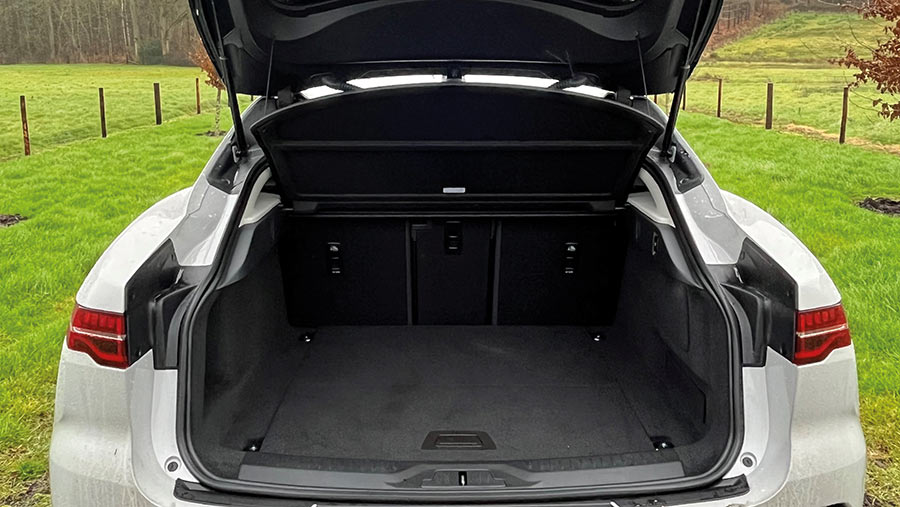
© MAG/Matilda Bovingdon
New life for old batteries
If going fully electric by 2025 wasn’t enough, Jaguar has pledged to be a net-zero company by 2039, a commitment that has spurred its new partnership with Pramac.
Working together, they have come up with a way of recycling old I-Pace batteries once they fall below the standard required for an electric vehicle.
The so-called Off Grid Battery Energy Storage System (ESS for short) is a zero-emissions portable power supply for off-grid locations.
It makes use of lithium-ion cells from retired I-Pace batteries, along with 85% of the other components, such as the modules and wiring.
The system is charged from solar panels, and has a 125kWh capacity – providing enough power to fully charge an I-Pace, or to power a typical family home for a week.

